When dealing with a cemetery for your grave marker or gravestone, you must remember that they are like a Home Owners Association. They set the rules by which you must abide and they can change them at will. Unlike a Home Owners Association, you will not have a voice in the rules or in any change. The cemetery wishes to maintain a certain look. For a time you might be allowed to keep things on a grave and then the cemetery might be sold to a different owner or corporation and rules change. The cemetery also just might want to change their look, and then the rules change. You need to make sure you know what the rules of the cemetery are before you purchase the right for burial. Some cemeteries require flush stones or markers and will not allow upright stones. Some cemeteries require bronze on the marker, others will not. Some might specify what kind of stone you must have for the marker. Different sections of a cemetery might have different rules about what kind of marker is allowed. Again, you must check before you buy.
You do not have to purchase a marker through the cemetery. The cemetery might tack on fees if you do not, but you have a right to purchase elsewhere. They might insist that you pay for a survey of the site or for installation the stone. If you purchase a marker somewhere other than your cemetery, you most likely will have to send in a sketch or specs on the marker you wish to use. They will have the final say as to what kind of marker is placed in their cemetery. Do not purchase the marker without the go ahead from the cemetery. You have the right of burial, but they can tell you how a grave will look.
Sometimes cemeteries get mixed up in family conflicts regarding grave markers. If you want to place a stone on a grave, make sure you have the right to do so. At the time of death, sometimes old family wounds that have never healed properly, get reopened. Sometimes these conflicts are fought out over the grave marker. Try to make peace in the family before it gets to the point of a war over a gravestone. Remember, the stone on a grave marks the final resting place of our loved ones remains, and should not become a battleground. Family service counselors do not know the family histories and might not realize a conflict is brewing. Let them know that there might be a conflict. By doing so, the cemetery will know that a potential problem exists and might be able to assist in a resolution before a problem takes root.
Grave markers tell a story. People take a great deal of time with wording and design of the marker for the person they love. I love to walk in old cemeteries and read the engraved stones. I feel connected to the person and sometimes what I read on their markers stays with me. Grave markers communicate who the person was. They are important for families looking for family history. While the cemetery does not hold the monopoly on memory, the fact that they create the rules about markers means they hold quite a bit of power as to how the marker will look. Take the time to research the cemeteries you like in your area and figure out which ones fit your vision on marking your grave.


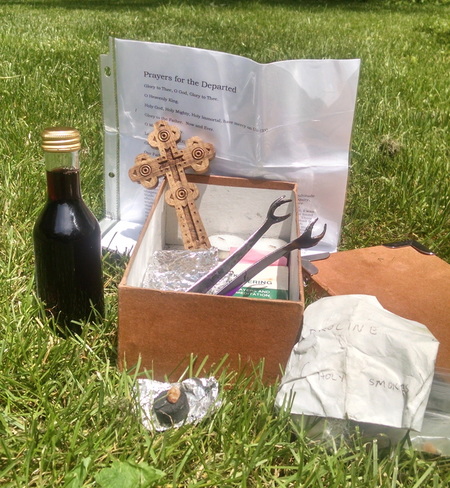


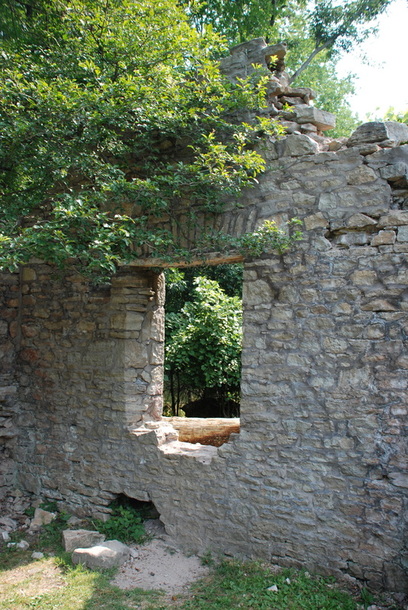
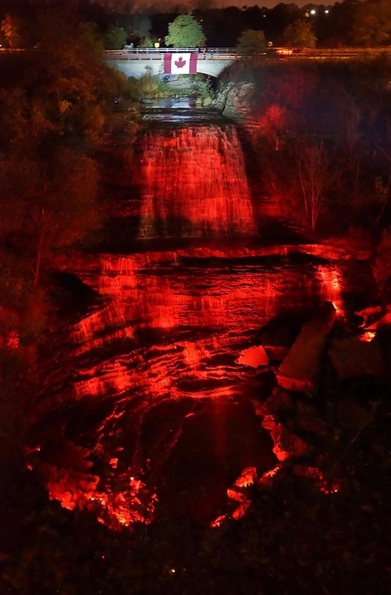
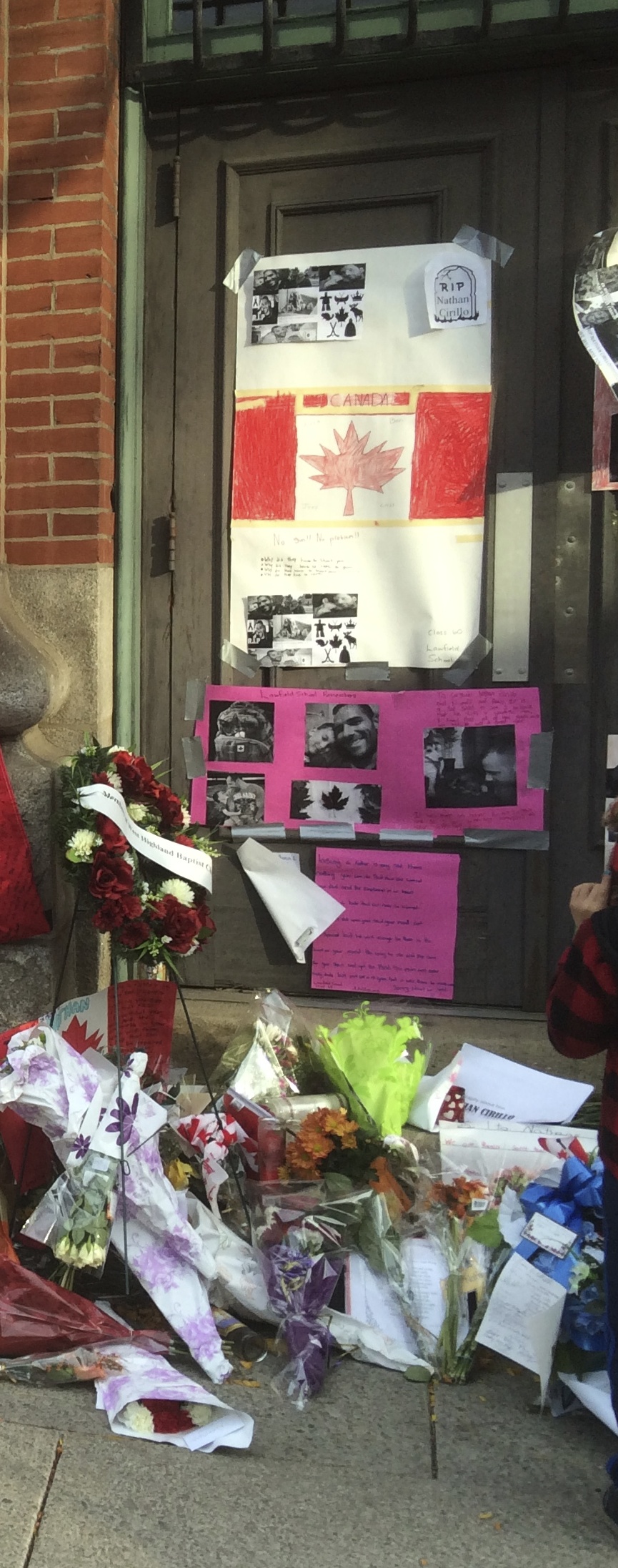
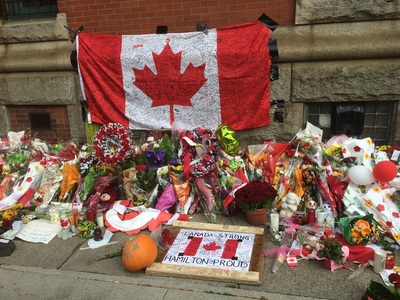
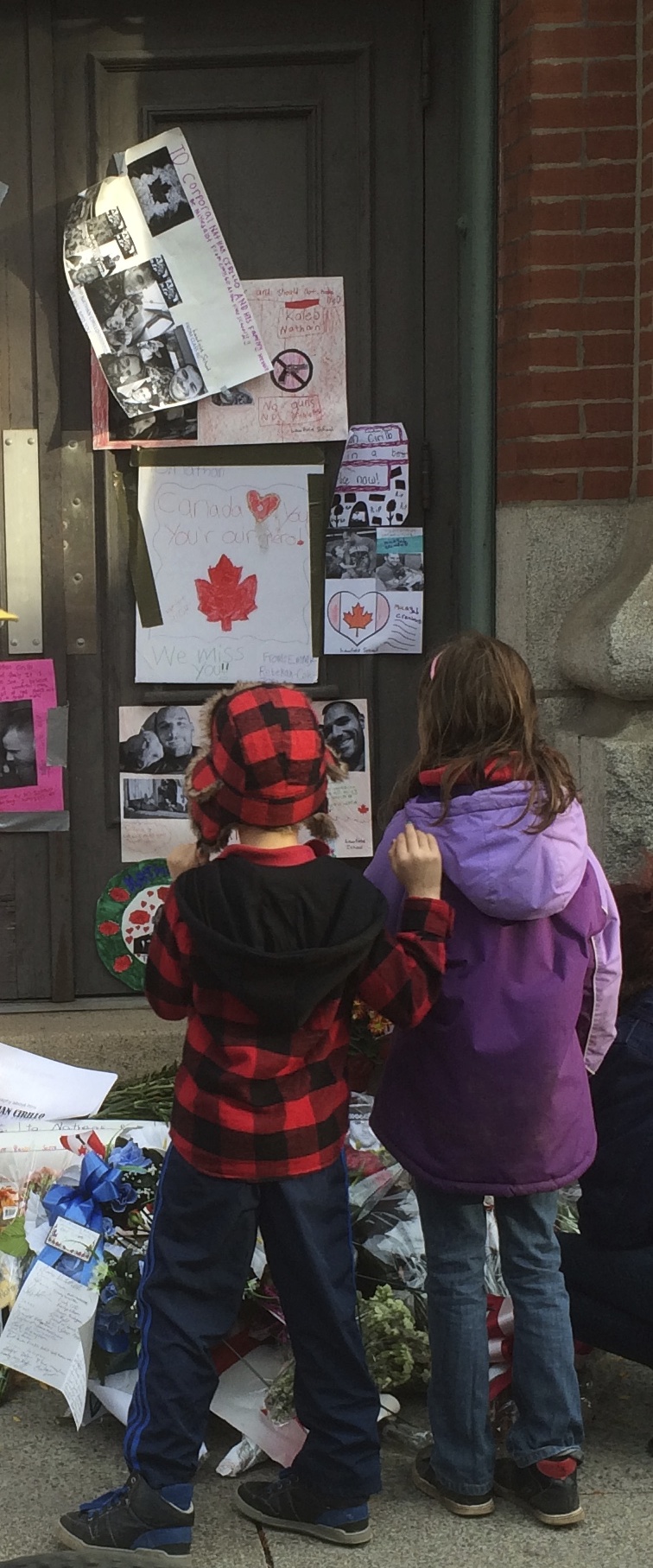
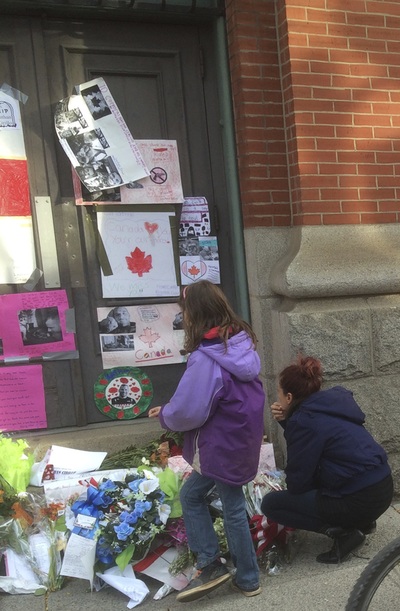

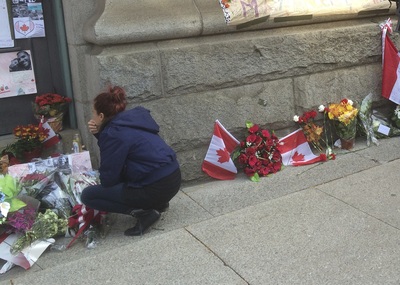
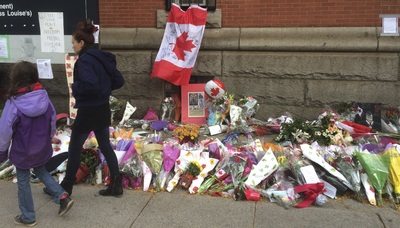
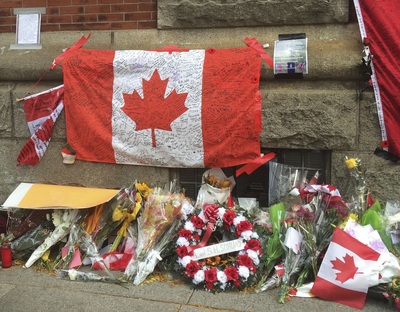

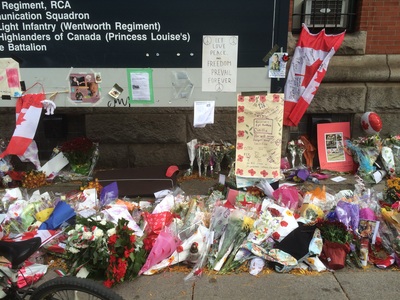
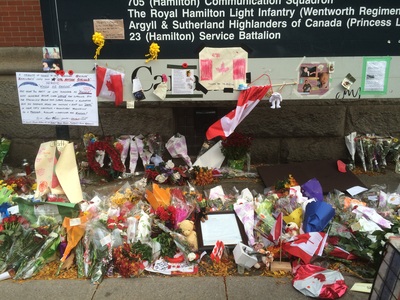
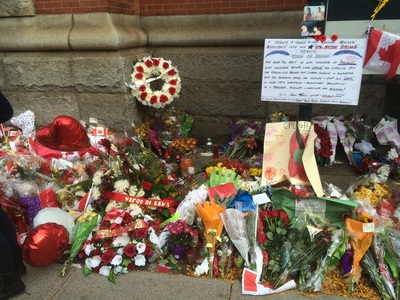
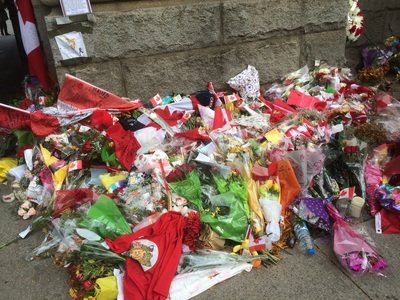
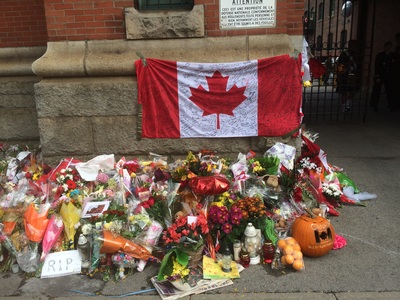
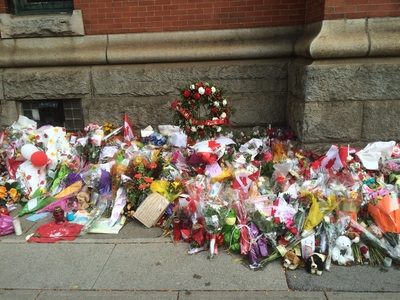
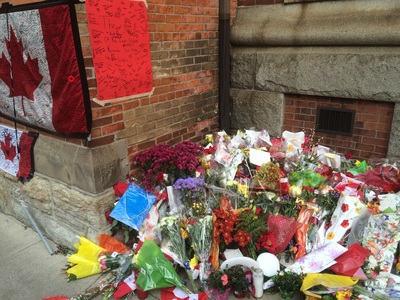
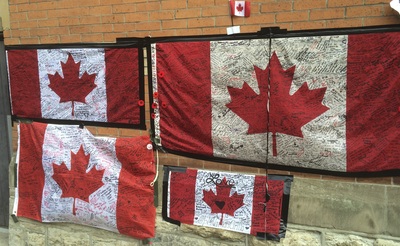
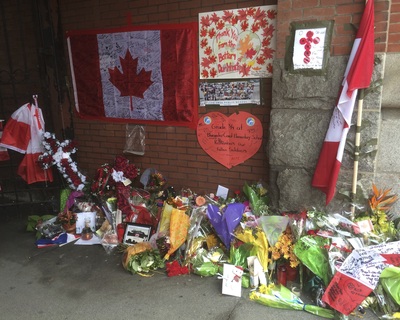
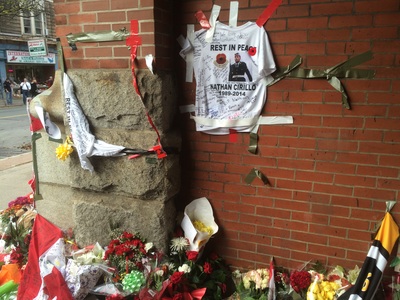
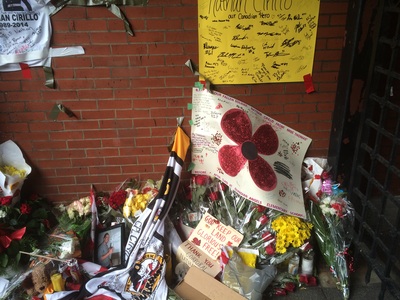


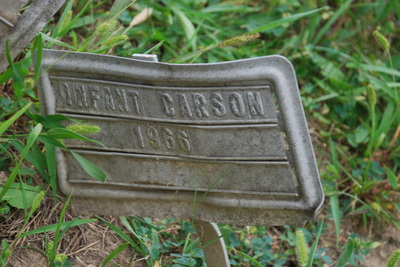
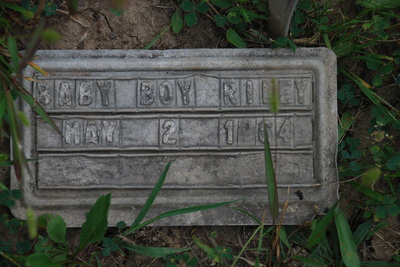
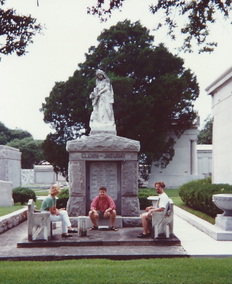
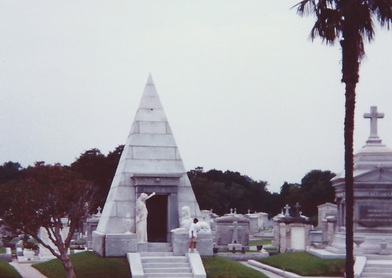
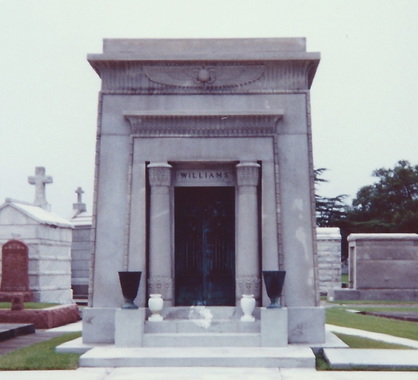
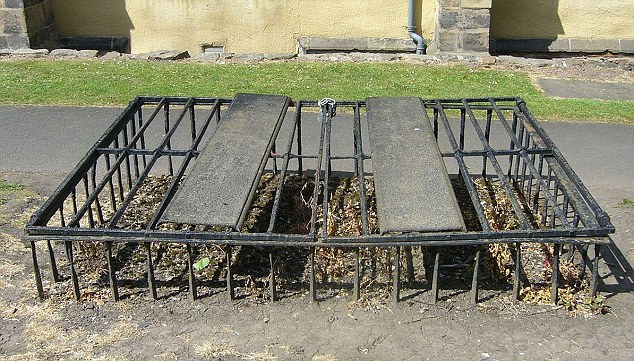
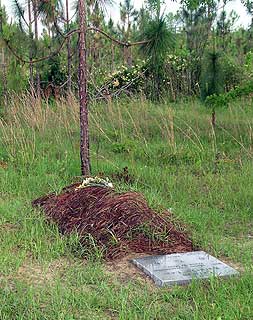
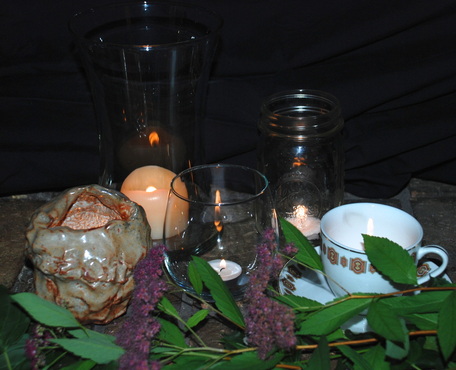
 RSS Feed
RSS Feed